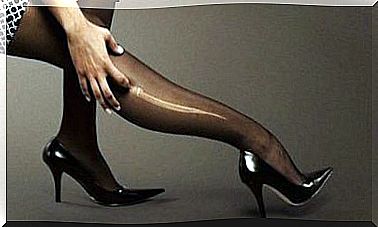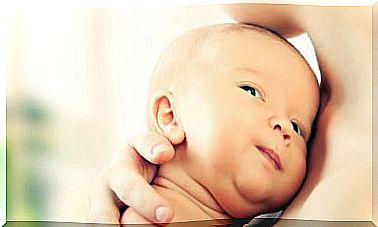Spondylolisthesis: Most Common Symptoms
When a vertebra moves forward, this is known as spondylolisthesis.
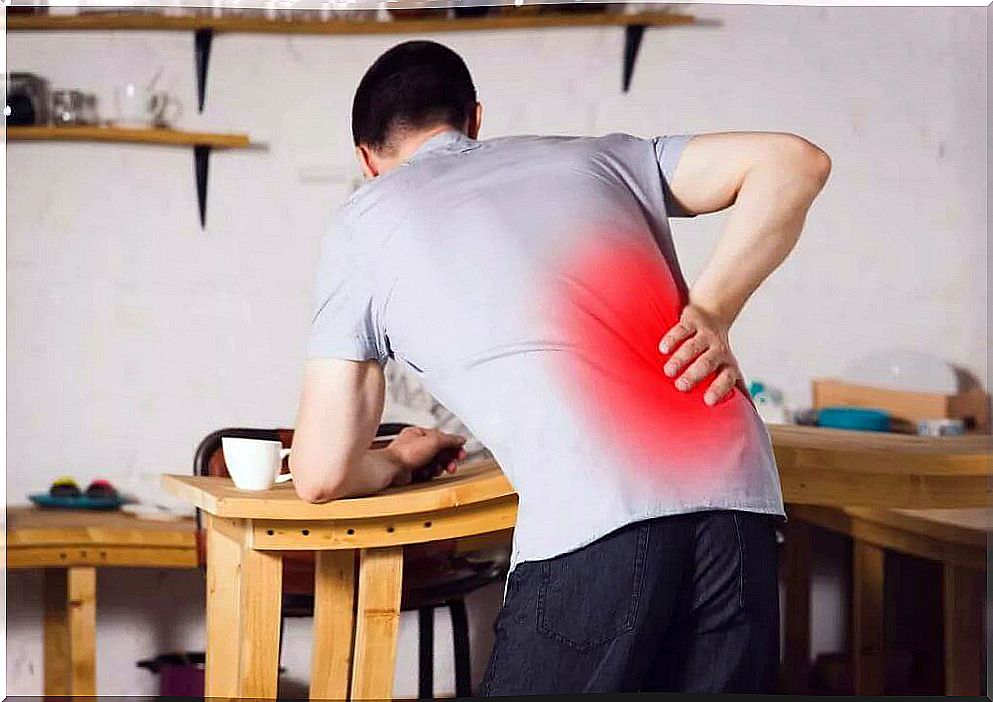
Spondylolisthesis is a condition that refers to the displacement of a vertebra over the one underneath. According to Dr. Peter J. Moley, “It is generally fixed (that is, permanent and of limited degree). It usually involves the L3-L4, L4-L5 vertebrae or, more frequently, the L5-S1 vertebrae ”.
Although we may hear the term degenerative, congenital, or isthmic spondylolisthesis, the first – the degenerative – is currently the most common.
Currently, there are different treatments depending on the severity of the disease, as we will see at the end of this article.
Spondylolisthesis, what are your symptoms?
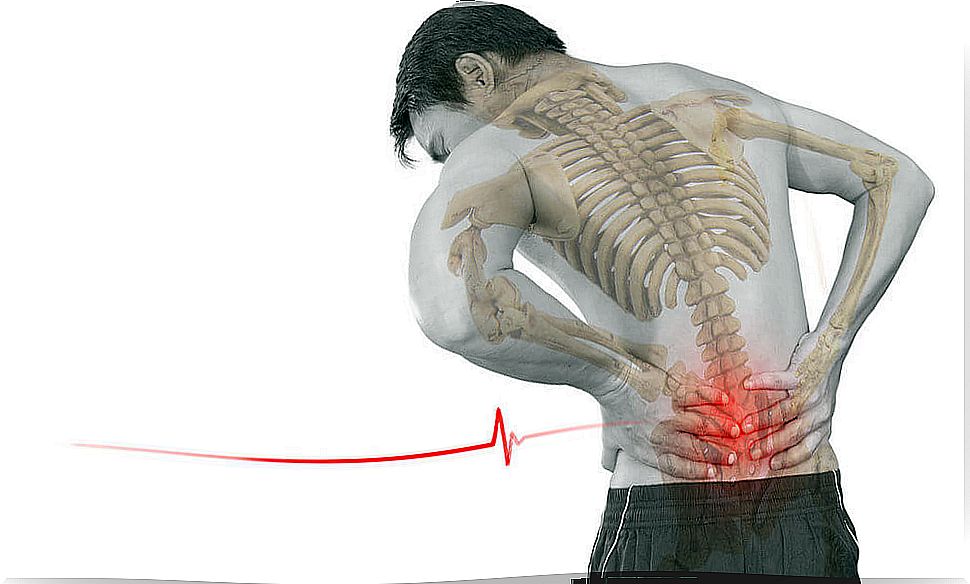
Normally, spondylolisthesis affects the bones of the lower back. This is usual, although there may be cases in which the problem manifests itself in the middle part, however, this is not common.
But how can we identify it? Although there are different symptoms that can alert of its presence, it is necessary to mention that many patients do not feel anything.
Thus, spondylolisthesis sometimes goes completely unnoticed, worsening its symptoms and presenting, many years later, more serious symptoms. Let’s see some of them that do manifest in some people with spondylolisthesis.
- Back pain : it is the most common symptom and appears as if it were a pull. It is a sharp pain that spreads throughout the lower back.
- Weakness in the lower limbs : this can cause the person to walk with the knees slightly bent and with short steps. It is normal to feel, in these cases, tingling and numbness.
- Tight hamstrings : Another symptom of spondylolisthesis is the presence of tension, for no reason, in the back of the thighs. Sometimes it also occurs with spasms.
- Loss of sphincter control : This is an unusual symptom, but it can occur in some patients. Due to weakness in the lower limbs, sphincter control may be impaired.
Physical manifestations for detection
The aforementioned symptoms are not the only ones that can alert us to the presence of this condition. In fact, in the event that we do not have any of them, we can look at some physical manifestations that can attract attention. Let’s look at some examples:
- The abdomen sticks out.
- The torso appears shorter.
- Curves form in the lower back (sag).
These physical manifestations can be overlooked. However, paying attention to them will allow us to go to the doctor to perform one of the main tests that will allow their detection: X-rays. Thus, it will be possible to see clearly if there is any displaced vertebra.
In some cases, the doctor may require more specific tests, such as a computerized topography or an MRI scanner. With these additional tests it can be seen more clearly if there is spondylolisthesis and, also if it has affected bones and nerves.
Complications of spondylolisthesis
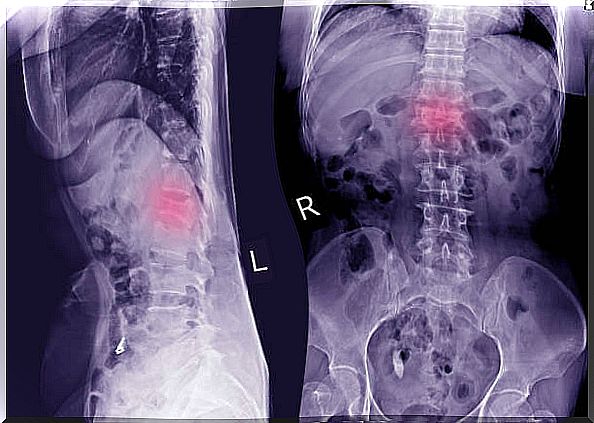
Despite the aforementioned symptoms, there are possible complications of this condition that can have a serious consequence on the quality of life of patients. For example, persistent back pain can lead to a sedentary lifestyle and weight gain.
Likewise, inactivity will only promote the loss of elasticity and muscle strength, as well as bone density.
Another consequence is stiffness. However, if we have to warn about a rather serious complication, it is the possibility of permanently damaging the nerve that the slipped vertebra is pressing.
Despite all this, there are different treatments. The most conservative is to undergo physiotherapy by strengthening the back area and correcting posture. In other circumstances, surgery is chosen. Thus, the vertebra that has slipped is put in place and can be fixed with screws so that it does not move again.
We recommend that for any back discomfort you see a doctor immediately, especially if it happens on a daily basis. Likewise, adopting proper posture habits is important to avoid, or at least reduce, the presence of these types of problems if they are not congenital.


